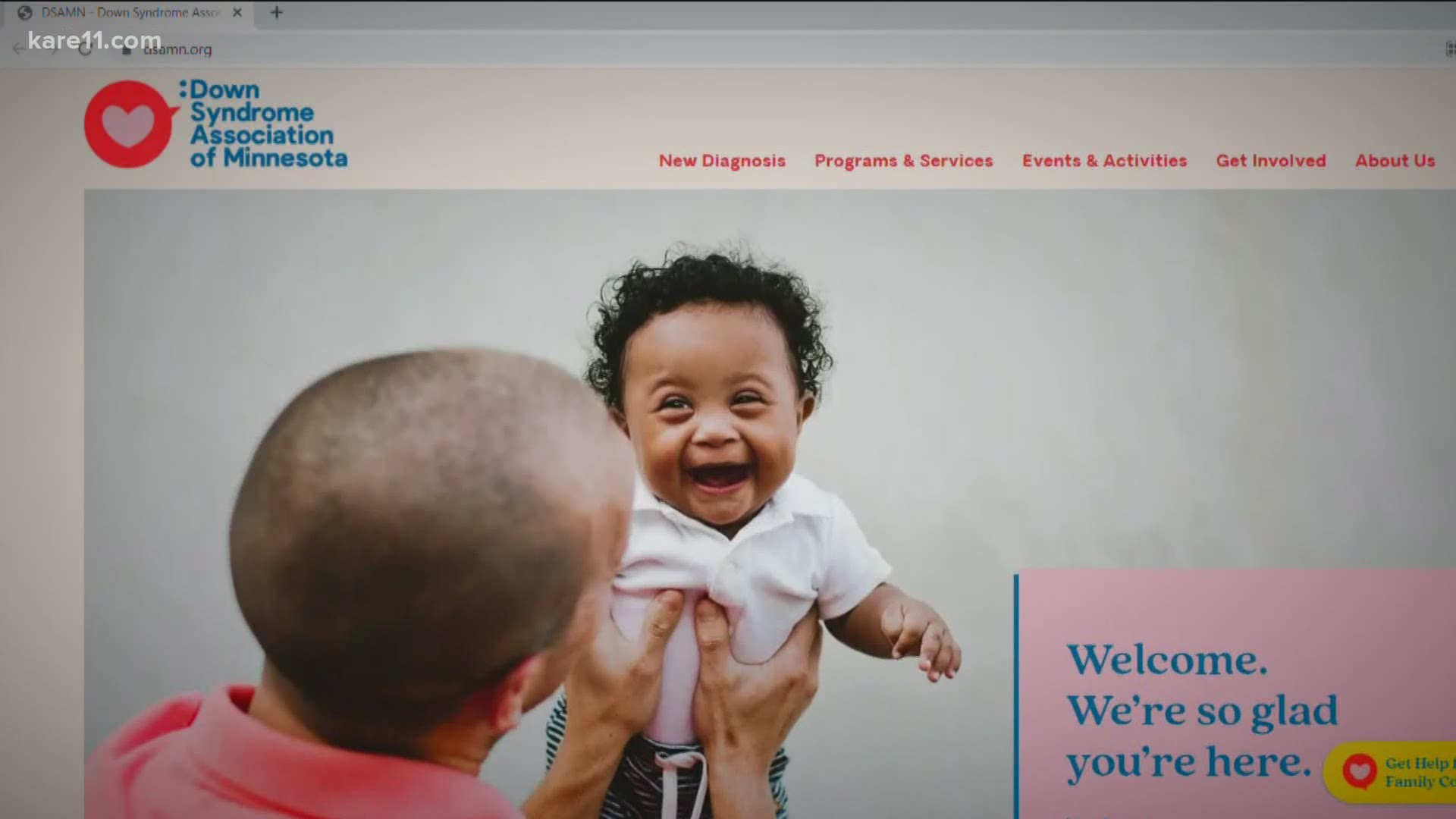Minnesota has provided nearly a half-million people with their first COVID-19 vaccine dose so far, according to the latest data from the Department of Health’s dashboard.
But many families of loved ones with Down syndrome are still waiting – and say they can’t afford to wait much longer.
“These are families who, in many cases, have completely isolated,” said Sarah Curfman, who has a three-year-old with Down syndrome but advocates for people of all ages as the head of the Down Syndrome Association of Minnesota. “These are adults who had jobs in the community and, in many cases, stopped going to those jobs because of their underlying health risk.”
People with disabilities living in group-home settings will receive the vaccine in the Phase 1A group, according to state guidelines, but Curfman said this does not apply to about 80 percent of people with Down syndrome who live independently with families. Therefore, they would not receive the vaccine until the Phase 1C group, leading Curfman to launch a petition demanding they move to 1B.
It’s an urgent problem, she says, based on University of Oxford research that shows adults with Down syndrome are at 10 times higher risk of death and five times higher risk of hospitalization from COVID-19.
“This high-risk population is not included until 1-C, which puts them behind, depending on how you look at it, two million to 2.4 million Minnesotans,” Curfman said. “In general, we’re fighting for Down syndrome clearly because we know those facts. But I’m talking about cancer patients, people with diabetes, anyone with those high risks… Minnesota’s plan does not seem equitable specifically to that group.”
In a statement, MDH acknowledged that people with disabilities outside of group facilities are prioritized in Phase 1C under CDC guidelines.
“We will continue to monitor vaccine access for this group, with a focus on the issue of underlying conditions. From the beginning of the pandemic, Gov. Walz has taken a strong stance that those with disabilities should receive equal treatment and access to care. There are many Minnesotans who need and deserve the vaccine right now. While we are currently vaccinating those with developmental disabilities living in care facilities, health care workers, long term care residents, Minnesotans age 65 and older, and teachers, school staff and child care workers, it’s clear more vaccine is needed,” the department said. “That’s why Governor Walz and Commissioner Malcolm have continued to press the federal government to send more vaccine as quickly as possible and will announce more soon about how more Minnesotans can expect to access vaccine in the coming months.”
Vaccine access for people with disabilities, and specifically Down syndrome, varies from state to state. People with developmental disabilities just recently became eligible in Ohio under Phase 1B, and New York announced Friday that they and other high-risk groups will become eligible for the vaccine on Feb. 15.
But other states have faced criticism from advocates, like California, where they continue to push the governor to prioritize people with disabilities due to their risk factors.
Germán Parodi, the co-executive director of The Partnership for Inclusive Disaster Strategies, works across the country to help people with disabilities on disaster relief and COVID-19-related issues. Parodi, who is a homeowner in Philadelphia and quadriplegic, said it appears people with disabilities are not being heard by stakeholders.
“Nationwide, people with disabilities are not being prioritized, specifically in their homes,” Parodi said. “We are the experts of our own lives. And, it’s clear, that we are being avoided from the decision-making process.”
That’s how the Down syndrome community feels in Minnesota, too.
“We think the value of a life should be equal,” Curfman said. “And that a vaccination plan based on those at most risk of losing that life, of dying, is really the only equitable way of doing it.”

